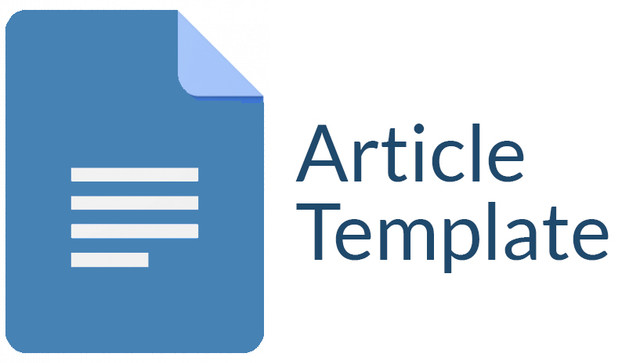Main Menu Fokus dan Ruang Lingkup Tim Editor Reviewer Panduan Penulisan Proses Peer Review Etika Publikasi Informasi Kebijakan Plagiarisme Kebijakan Repositori Biaya Penulis Pemberitahuan Hak Cipta Kebijakan Akses Terbuka Penarikan Naskah Pencabutan Naskah Pengarsipan Digital Isu Terkini Pembaca Penulis Pustakawan LAINNYA Tutorial 









